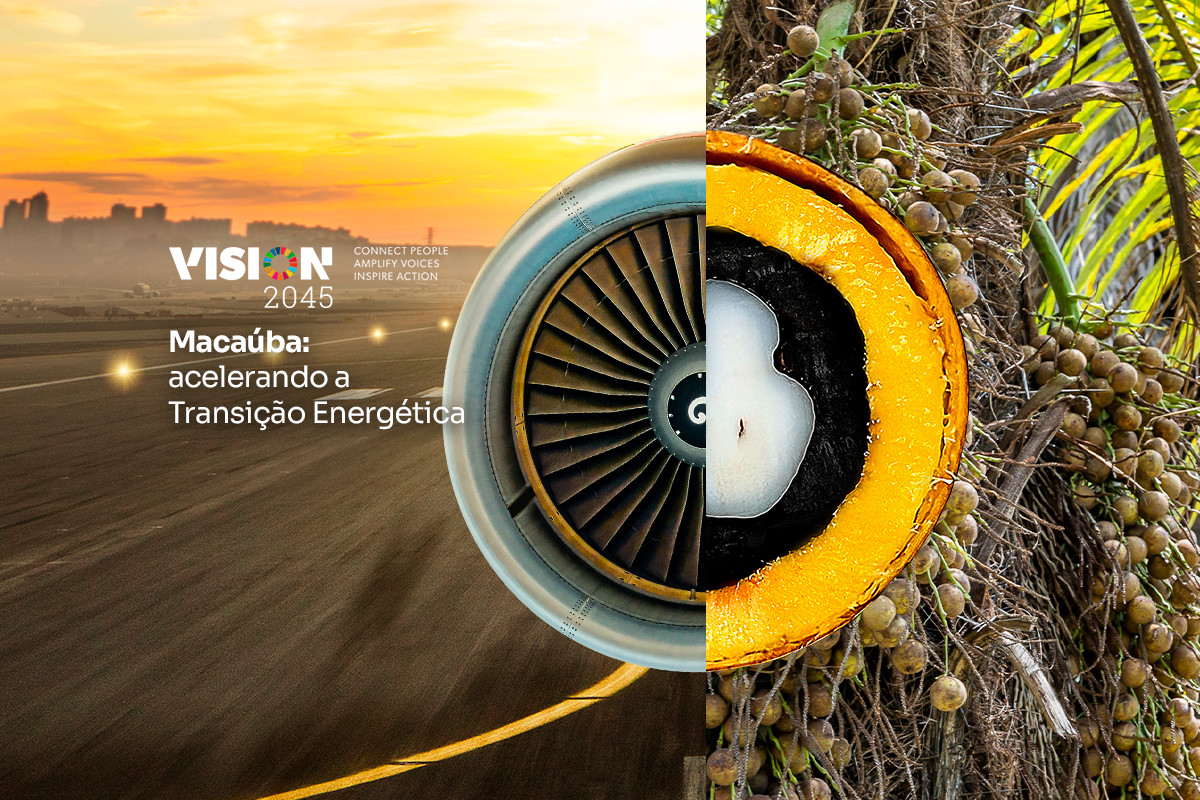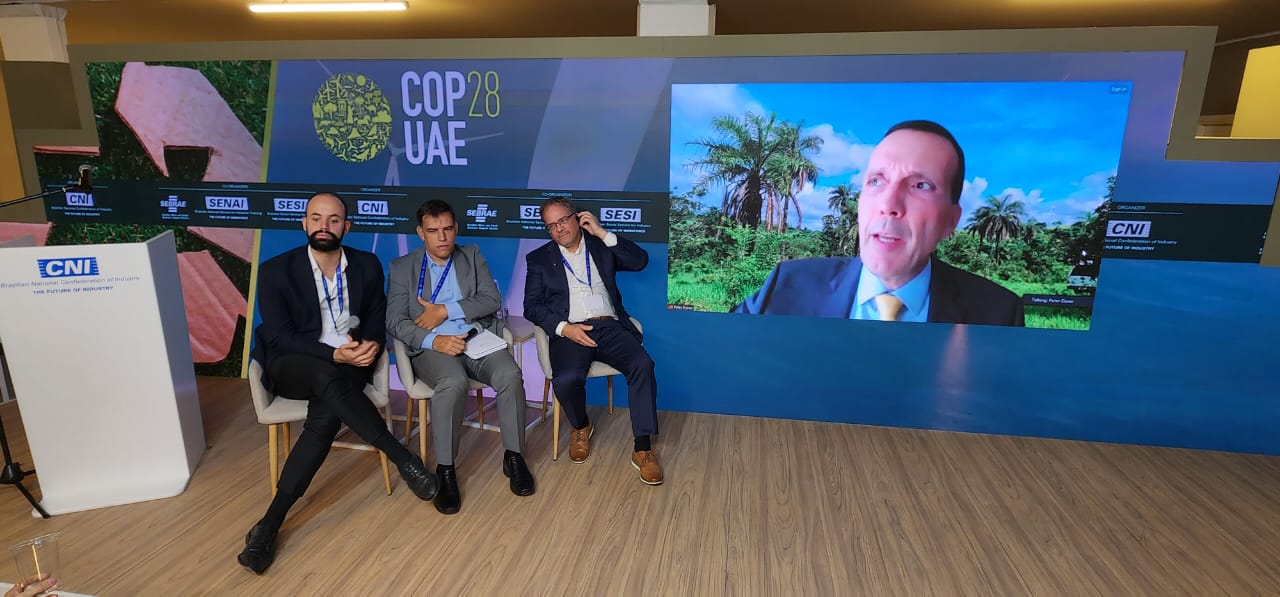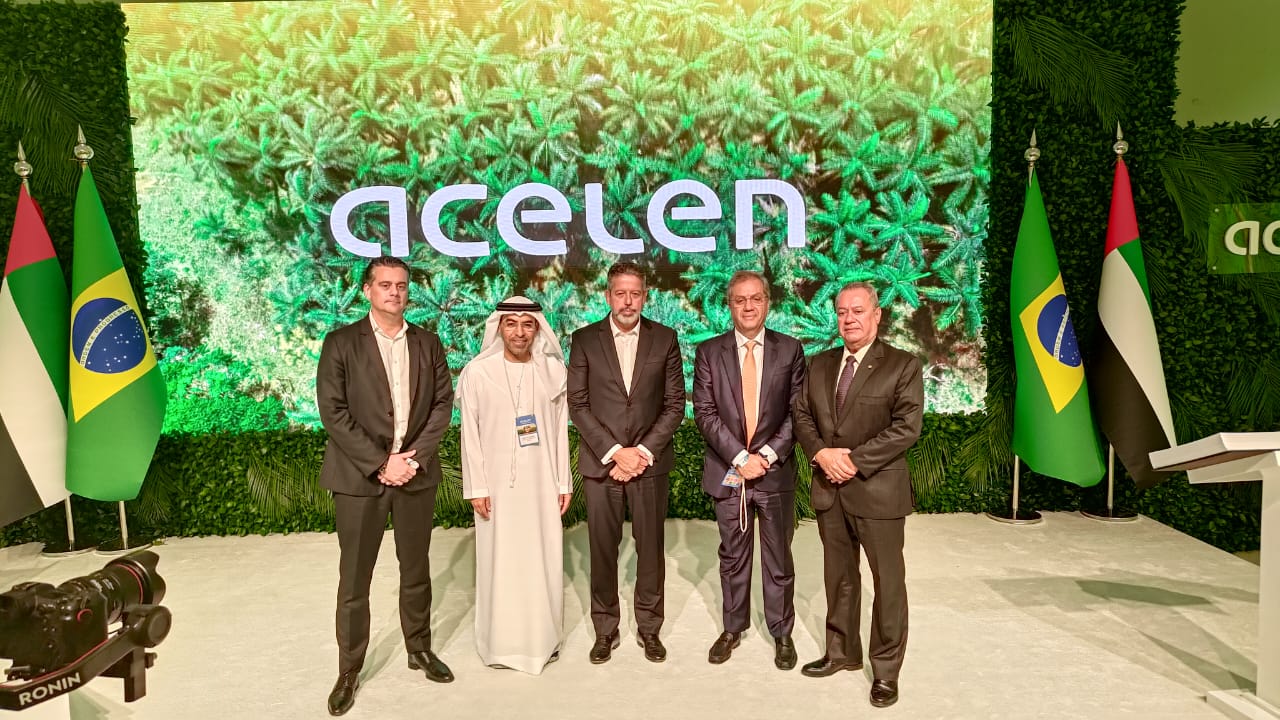Land use in Brazil
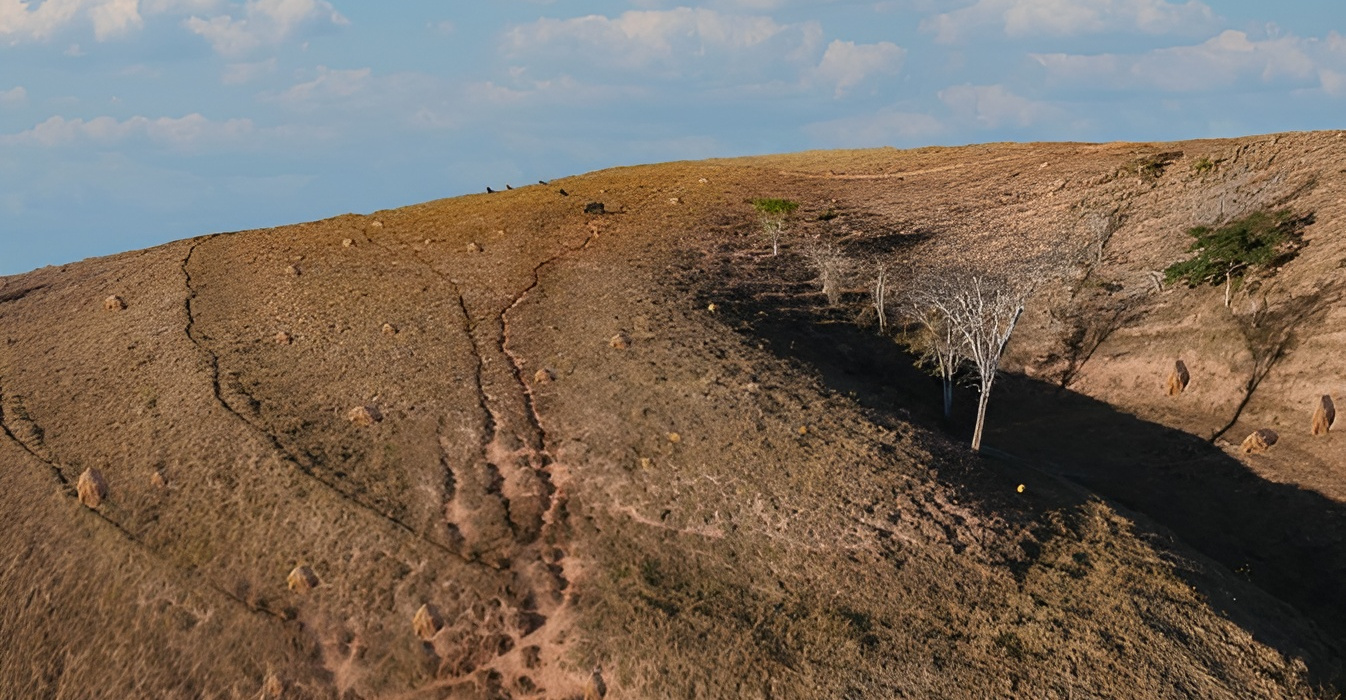
Acelen Renewables was born in Brazil, the country with the best conditions to become the driving force the world needs to accelerate a fair energy transition.
Unlike other European or North American nations, Brazil has more than 109.7 million hectares (three times the size of Germany) of degraded and unproductive land, considered one of the issues with the greatest climate impact in Brazil. This ensures that the development of sustainable macaúba management, even on a large scale, will not encourage deforestation or cause land usechanges, since it will all be grown on just 1% of the degraded land that is currently unproductive for food production and has no significant economic activity.
Unlike other European or North American nations, Brazil has more than 109.7 million hectares (three times the size of Germany) of degraded and unproductive land, considered one of the issues with the greatest climate impact in Brazil. This ensures that the development of sustainable macaúba management, even on a large scale, will not encourage deforestation or cause land usechanges, since it will all be grown on just 1% of the degraded land that is currently unproductive for food production and has no significant economic activity.


Furthermore, macaúba has a unique ability to transform land that no longer contributes to the global ecosystem into new forests, capable of capturing carbon and moving the economy forward through the production of renewable fuels, which further expands the fruit’s potential for the world.
Another factor that makes it a sustainable alternative is the implementation of governance and tracking processes that ensure that its cultivation fully complies with Brazilian regulations. For the regions of interest, the Forest Code defines that 20% to 35% of cultivation areas must be set aside for the conservation of native vegetation.
In this way, macaúba forests can be integrated into environmentally protected areas and foster biodiversity increase, which is crucial to the balance of the environment.
Another factor that makes it a sustainable alternative is the implementation of governance and tracking processes that ensure that its cultivation fully complies with Brazilian regulations. For the regions of interest, the Forest Code defines that 20% to 35% of cultivation areas must be set aside for the conservation of native vegetation.
In this way, macaúba forests can be integrated into environmentally protected areas and foster biodiversity increase, which is crucial to the balance of the environment.


The deep roots of macaúba, together with the superficial roots of leguminous plants, will increase the organic matter and improve the quality of the soil over a broader horizon.
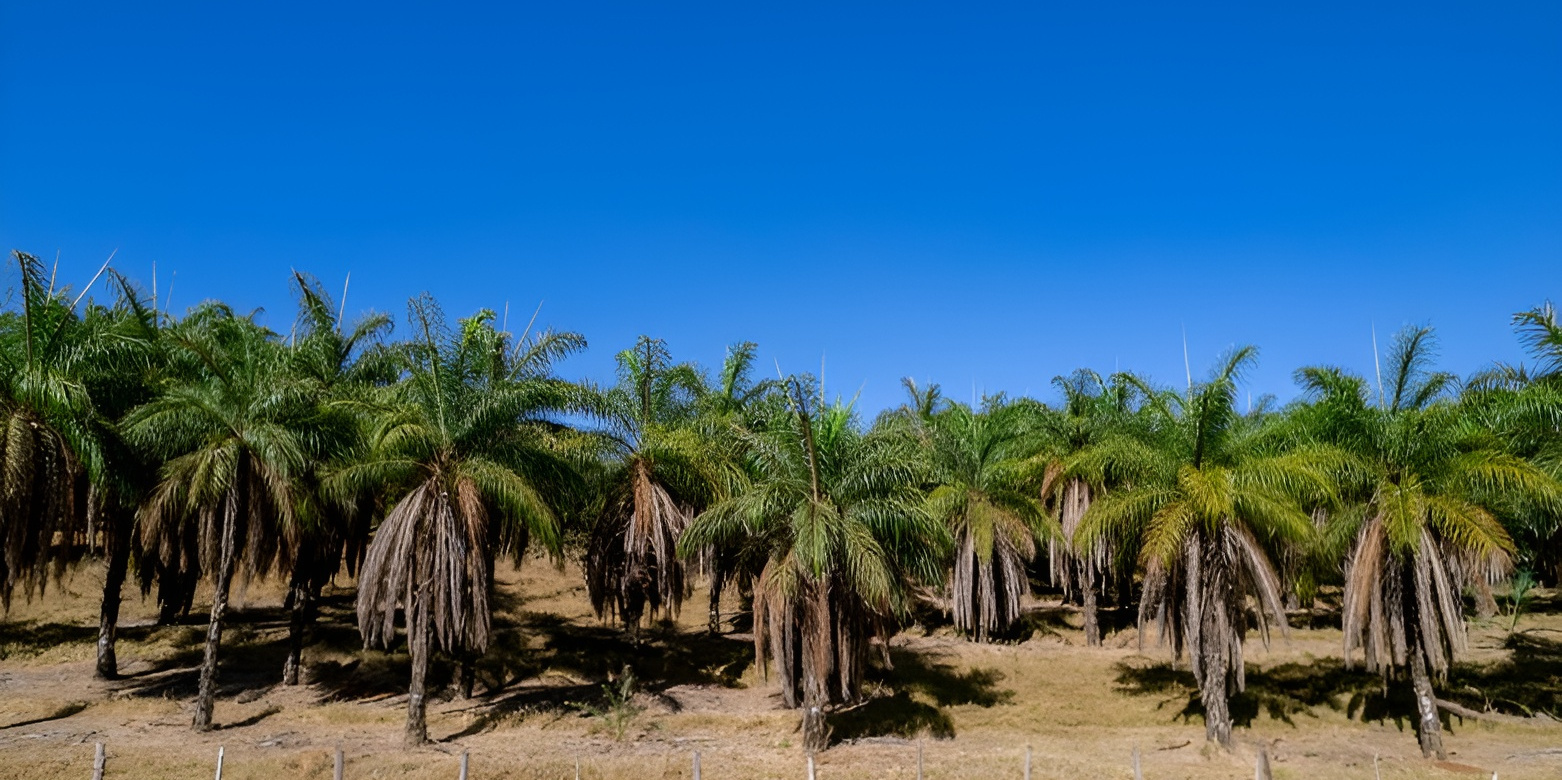
Restoration of riparian forests and protected areas will form ecological corridors, connect habitats and foster biodiversity. These areas will provide ecological niches for a wide variety of species.
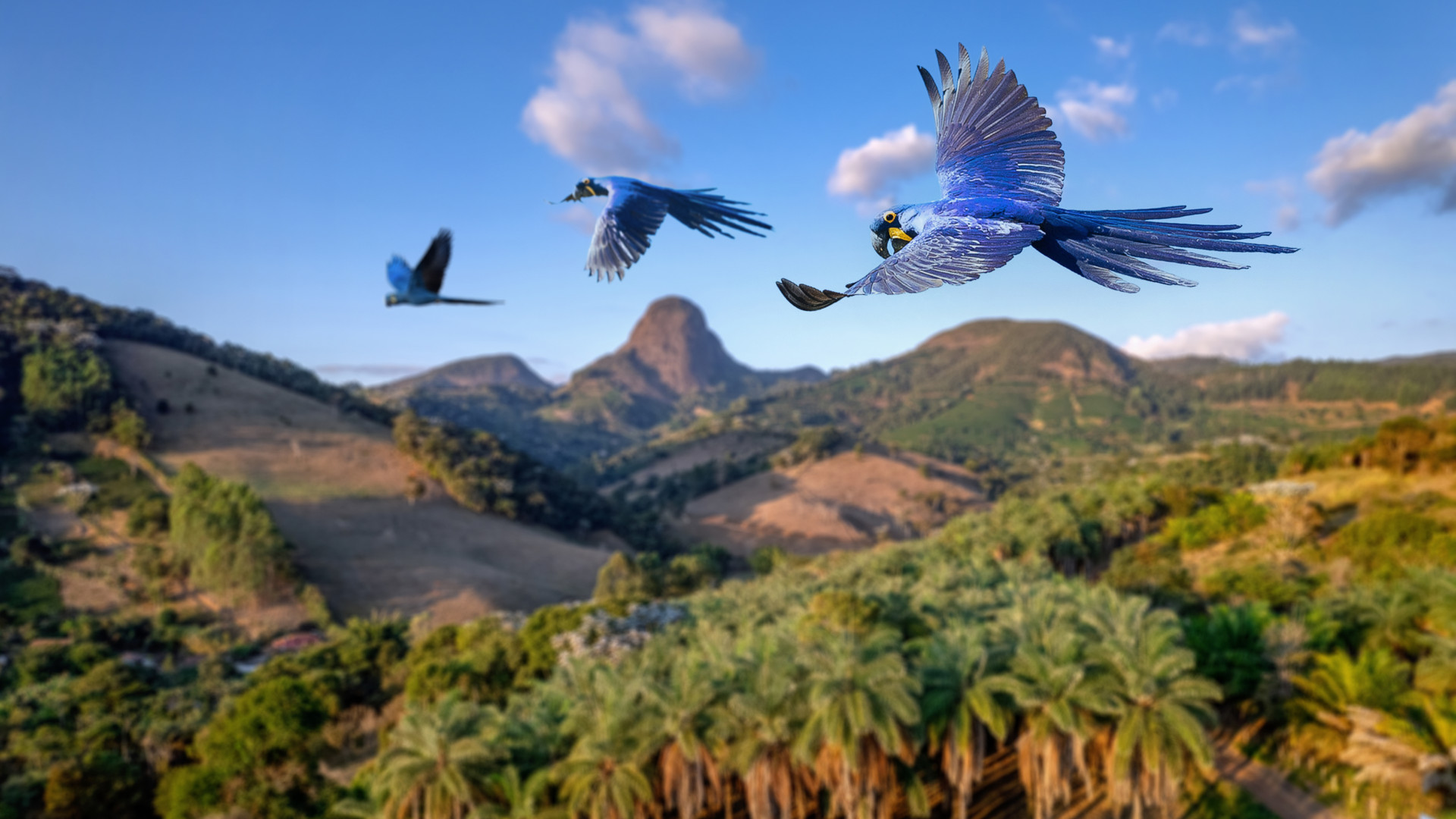
The enhancement of organic matter and soil structure enables an overall improvement in quality, transforming the crop area into a carbon sequestration area and contributing to the mitigation of climate change.
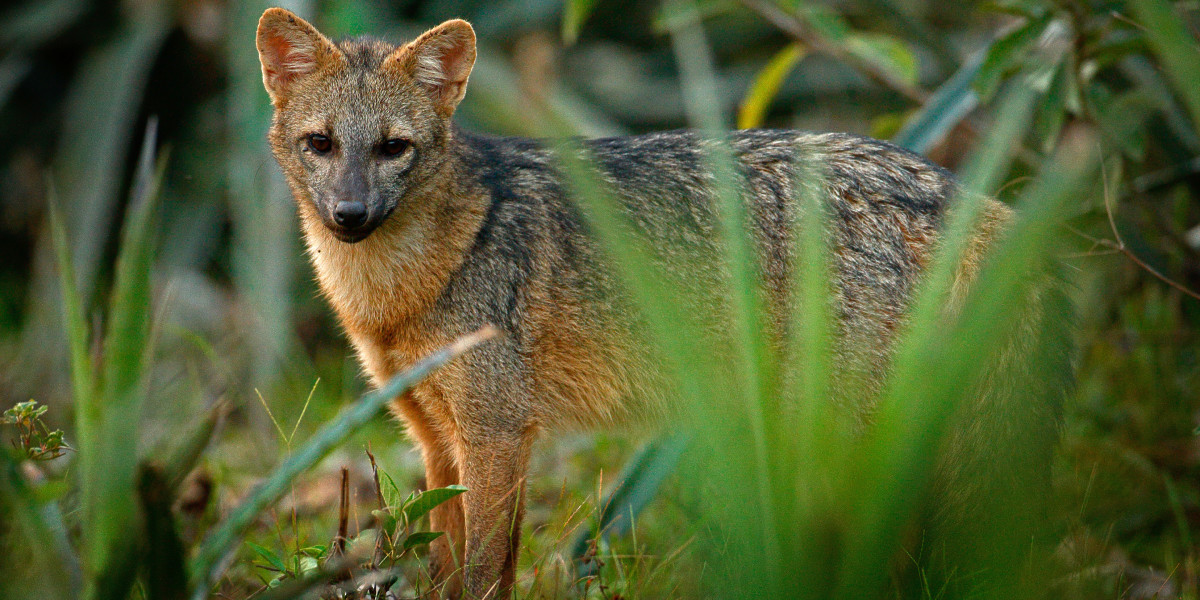
Management practices bring back a variety of fungi, ants, beetles and other insects. The micro-biodiversity attracts another macro-biodiversity of amphibians, reptiles, birds and mammals, re-establishing a food chain.
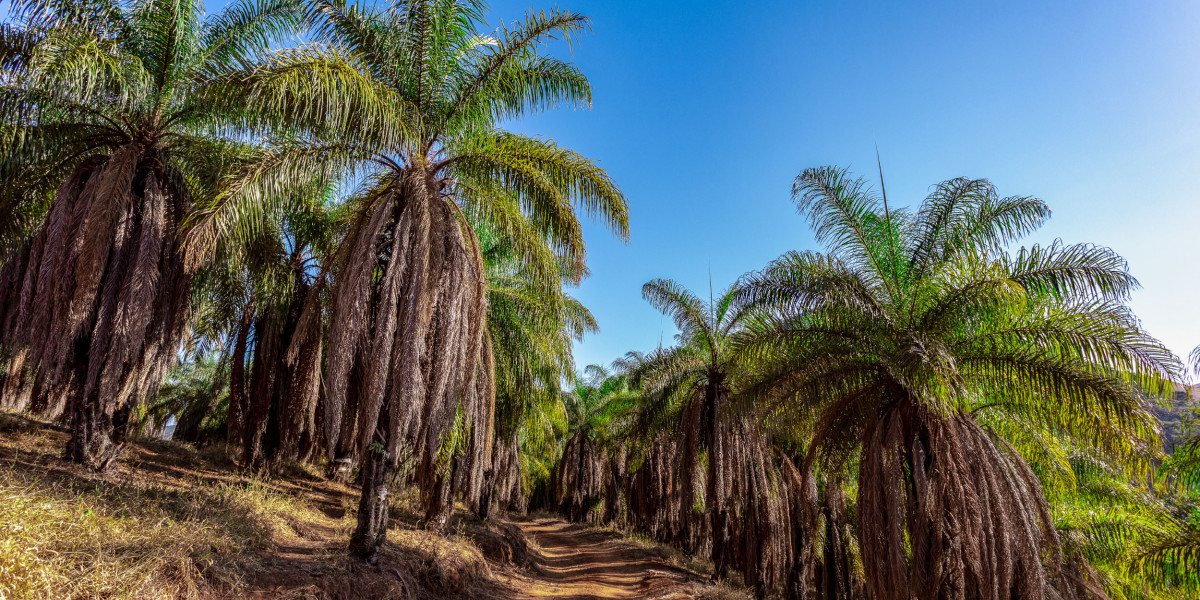
- Net negative: projections indicate the potential to capture 60 million tons of CO2eq during the lifetime of the current project and low production emissions (19.32 gCO2eq/MJ);
- Low CI (Carbon Intensity) index;
- High productivity: Macauba oil productiviy per hectare is 7-10 times higher than soy;
- Native tree: adapted to the Brazilian cerrado and capable of restoring degraded land and growing on it;
- Positive environmental and social impact: Macaúba grows on degraded land. It helps recover biodiversity and improves both soil and air quality. Additionally, it stimulates economic activity and creates up to 85,000 direct and indirect jobs. The benefits for vulnerable populations could have an impact of up to US$ 40 billion.
- Not used as food: no displacement of existing food systems;
- Perennial crop: suitable for cultivation in agroforestry systems and it remains productive for up to 30 years without the need for replanting;
- 100% of the fruit is used: generating less pollution and waste;
- Useful residual co-products (fibers and proteins).
News
